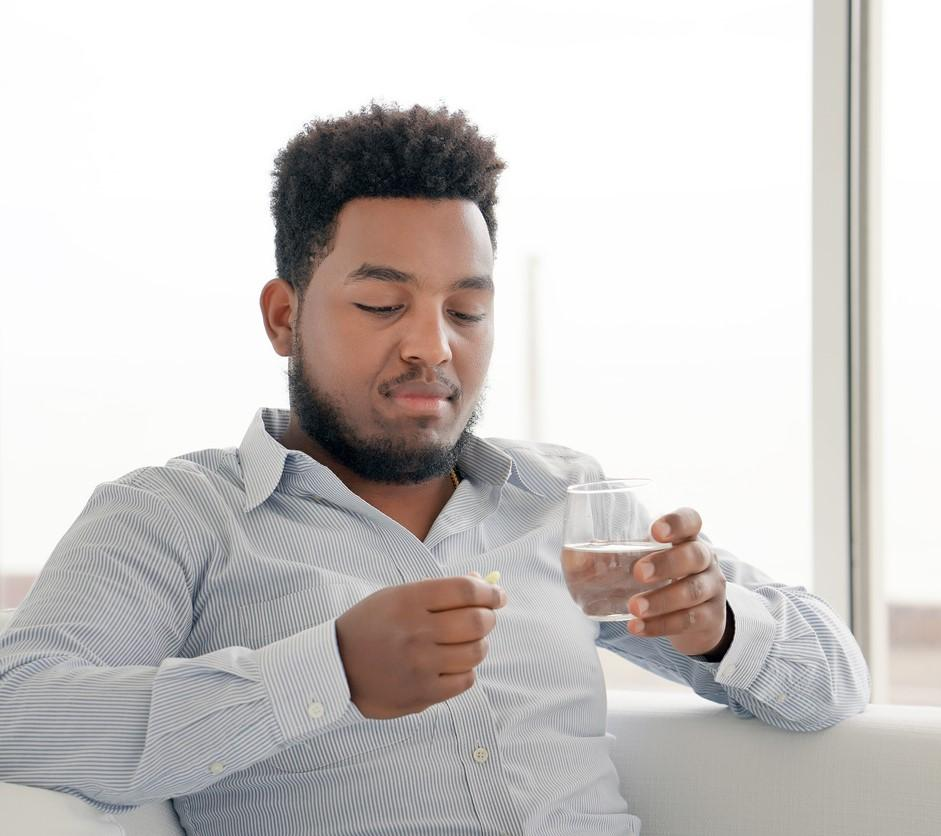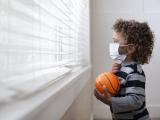Two systematic reviews by US federal agencies on the possible link between antiviral treatment for COVID-19 and viral rebound—one specifically on Paxlovid—find no consistent association. The studies were published today in Morbidity and Mortality Weekly Report.
The National Institutes of Health COVID-19 Treatment Guidelines recommend early treatment with a first-line (nirmatrelvir/ritonavir [Paxlovid] or remdesivir) or second-line (molnupiravir [Lagevrio]) antiviral drug to help prevent hospitalization and death in high-risk COVID-19 patients with mild or moderate illness.
SARS-CoV-2 rebound is a recurrence of COVID-19 signs or symptoms or a positive test after initial recovery from infection. In May 2022, the Centers for Disease Control and Prevention (CDC) issued a health advisory alert that described case reports of SARS-CoV-2 rebound among patients who completed the recommended 5-day course of Paxlovid and said that rebound had also occurred in untreated patients.
Weakened immune system tied to rebound
For the first study, CDC researchers reviewed COVID-19 rebound studies published from February 2020 to November 2023 that included mildly ill outpatients who did and did not receive antiviral treatment.
"Although antiviral therapies are widely available, they are underutilized, possibly because of reports of SARS-CoV-2 rebound after treatment," the study authors wrote.
Of the seven studies that met inclusion criteria, one was a randomized clinical trial involving 2,216 patients, and six were observational studies involving a total of 19,082 patients. A large retrospective observational study identified similar rates of rebound and no statistically significant differences among patients treated with Paxlovid (6.6%) or molnupiravir (4.8%) and untreated patients (4.5%).
Patients with a weakened immune system had a greater probability of viral rebound, regardless of treatment status (Paxlovid odds ratio [OR], 7.37; molnupiravir OR, 3.05; no treatment OR, 2.21).
Among patients receiving Paxlovid, the likelihood of virologic rebound was higher among those aged 18 to 65 years than among older patients (OR, 3.09), those with more underlying illnesses (OR, 6.02), and those also taking corticosteroids (OR, 7.51), while the probability was substantially lower among unvaccinated patients (OR, 0.16).
The initial analysis of trial data showed that viral rebound rates were low and similar between treated and untreated patients. Rebound wasn't tied to low Paxlovid levels, hospitalization or death, severe symptom relapse, vaccination, serologic status, or emergent variants. No hospitalizations or deaths were reported.
An observational study showed that length of shedding of infectious virus was longer among patients who experienced rebound (14 days) than with those who didn't (3 days) but found no evidence of resistance-linked mutations on genomic sequencing. Another study that included biomarkers from six patients who had Paxlovid rebound found a robust immune response amid rebound, probably lowering the risk of disease worsening.
Virologic data on 22 patients gleaned from three studies revealed that a median time to a negative test of 6 days after an initial positive test. The median time to viral rebound was 9 days after diagnosis, and median time to resolution was 16 days.
Rebound likely not related to reinfection, resistance
"Current evidence, including randomized controlled trial and observational data, suggests that SARS-CoV-2 rebound occurs initially as a mild illness 3–7 days after resolution of the initial acute illness, occurs in both treated and untreated patients, and is not associated specifically with receiving nirmatrelvir/ritonavir," the researchers wrote.
They said that viral rebound might occur in patients receiving antivirals because they're at high risk for severe illness and might have factors such as a weakened immune system that could influence viral dynamics.
Current evidence... suggests that SARS-CoV-2 rebound occurs initially as a mild illness 3–7 days after resolution of the initial acute illness, occurs in both treated and untreated patients, and is not associated specifically with receiving nirmatrelvir/ritonavir.
"Persons receiving antiviral treatment might be at higher risk for experiencing rebound given the viral suppression related to use of treatment early in the disease course and resumption of viral replication after completion of treatment because of delayed viral clearance," they wrote.
Rebound likely doesn't represent reinfection or resistance to treatment, but additional research is needed to confirm this finding. "Rebound should not deter providers from prescribing lifesaving antiviral treatments when indicated to prevent morbidity and mortality from COVID-19," the authors concluded.
Rebound in treated and untreated patients
For the second study, researchers from the Food and Drug Administration (FDA) evaluated two phase 2/3 randomized controlled trials with a total of roughly 3,000 participants on SARS-CoV-2 viral shedding after 5 days of Paxlovid treatment from 2021 to 2022. Rebound was identified by an increase in viral levels on nose-throat swabs from day 5 to day 10 or 14.
The EPIC-HR trial enrolled high-risk participants in 2021, before the Omicron variant emerged, and included unvaccinated adults. EPIC-SR (for "standard risk") originally enrolled two groups of patients in 2021, before Omicron emergence: vaccinated adults at high risk for SARS-CoV-2 exposure and unvaccinated adults without risk factors for severe illness. EPIC-SR reopened in 2022 amid Omicron (mainly BA.2) predominance and enrolled unvaccinated adults with no risk factors.
Data from randomized trials demonstrated that SARS-CoV-2 rebound can occur with or without antiviral treatment, supporting the Food and Drug Administration’s determination of safety and efficacy of nirmatrelvir/ritonavir in eligible patients at high risk for severe COVID-19.
Among adults with a virologic response through day 5, rebound occurred in 6.4% to 8.4% of Paxlovid recipients and 5.9% to 6.5% of placebo recipients across the pre-Omicron and Omicron-predominant periods. Rebound wasn't linked to COVID-19 hospitalization or death.
"Data from randomized trials demonstrated that SARS-CoV-2 rebound can occur with or without antiviral treatment, supporting the Food and Drug Administration’s determination of safety and efficacy of nirmatrelvir/ritonavir in eligible patients at high risk for severe COVID-19," the study authors wrote.




















